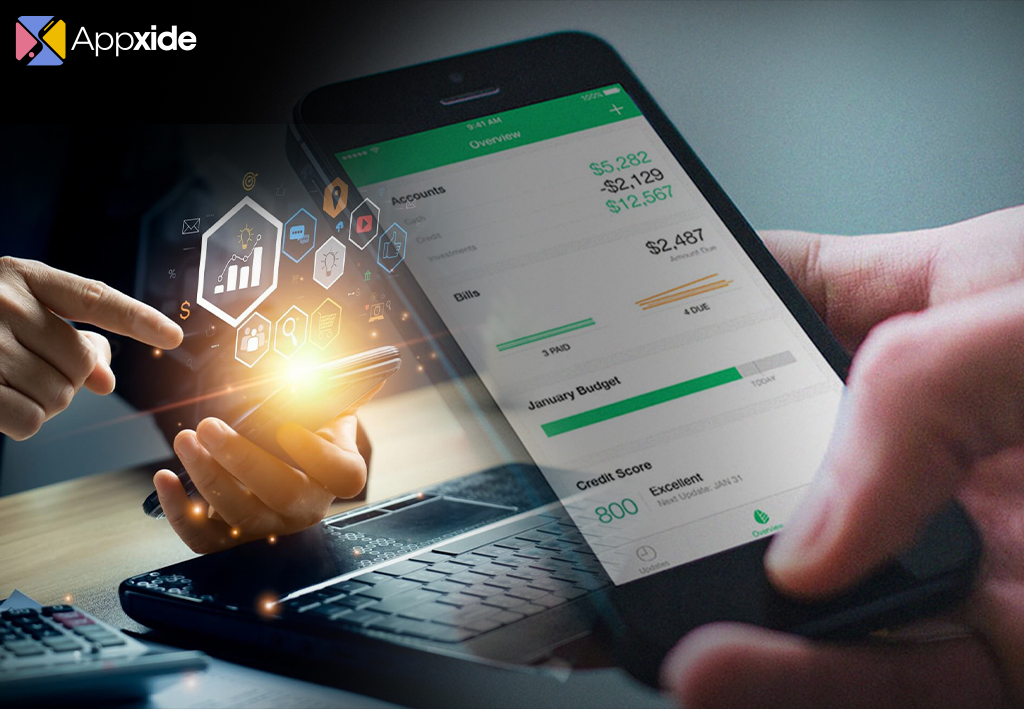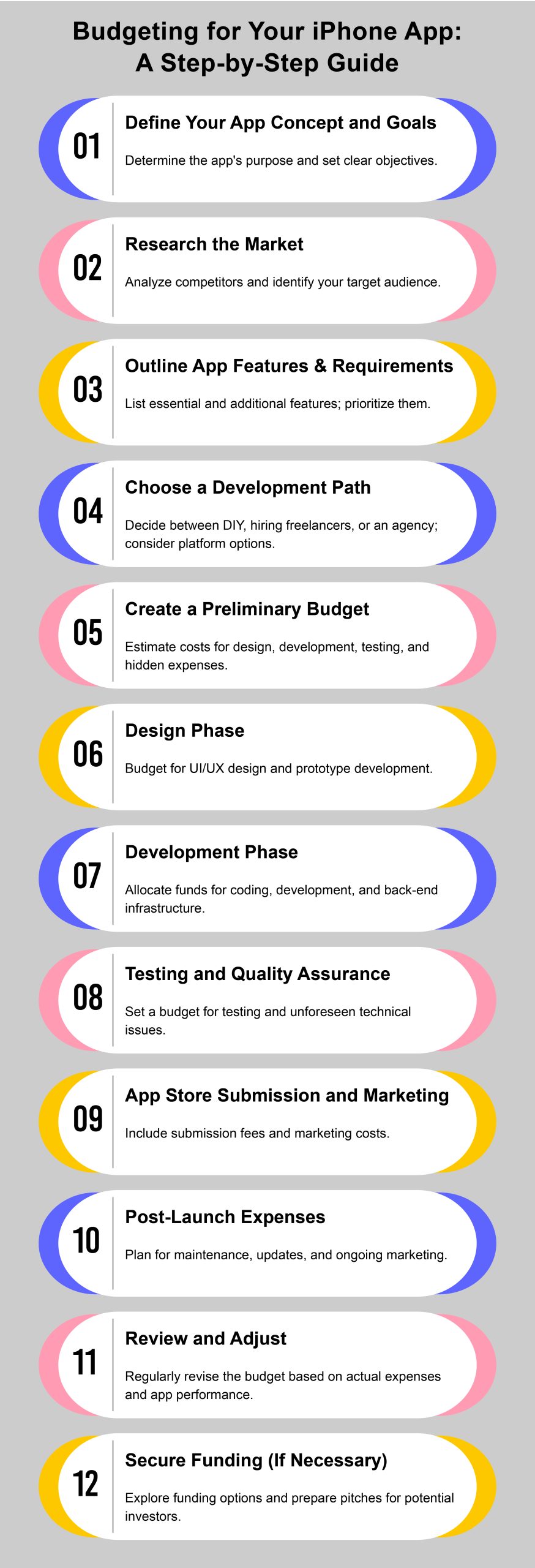Let's Get You Started

Let's Get You Started




Hey there, tech enthusiasts and budding entrepreneurs! Today, we’re diving deep into a topic that’s on the minds of many in the digital sphere: “What’s the average cost to develop an iPhone app?” Whether you’re a startup founder, a business owner looking to expand into the mobile world, or just curious about the app development process, this post is your one-stop shop for understanding the costs involved in bringing an iPhone app to life.
Before we jump into numbers, let’s lay down the groundwork. iPhone app development is more than just coding. It’s a blend of creativity, technical expertise, and strategic planning. Here’s what it typically involves:
Each of these stages plays a crucial role in the overall development cost.

average cost to develop an iPhone app
Understanding the cost of iPhone app development isn’t straightforward. Multiple elements may impact the overall cost. Let’s break them down:
Now, let’s talk numbers. Keep in mind that these are approximate numbers and may differ.
Understanding the development process is key to grasping how costs accumulate.
Each phase has its own costs and complexities.
| Development Stage | Simple App Cost | Moderate App Cost | Complex App Cost |
| Planning | $500 – $2,000 | $2,000 – $5,000 | $5,000 – $10,000 |
| Design | $1,000 – $5,000 | $5,000 – $15,000 | $15,000 – $30,000 |
| Development | $8,000 – $20,000 | $20,000 – $40,000 | $40,000 – $100,000 |
| Testing | $500 – $2,000 | $2,000 – $5,000 | $5,000 – $15,000 |
| Launch/Marketing | $1,000 – $5,000 | $5,000 – $15,000 | $15,000 – $30,000 |
Looking to keep your budget in check? Here are some tips:
Choosing between outsourcing and in-house development is a big decision that impacts cost.
Post-launch maintenance is a hidden cost many forget. It includes:
After your iPhone app has successfully made its debut on the App Store, the journey doesn’t end there. In fact, one could argue that it’s just beginning. Post-launch analytics and optimization play a pivotal role in the sustained success and improvement of your app. This phase is about understanding user behavior, refining your app based on feedback, and ensuring that your app continues to grow and engage users.
Once your app is live, it’s crucial to monitor how users interact with it. This is where analytics tools come in. They provide a wealth of data, ranging from the number of downloads to user engagement metrics like daily active users (DAUs) and session lengths. By analyzing this data, you can gain insights into what features are popular, where users might be getting stuck, and what’s driving them to either continue using the app or uninstall it.
Key metrics to track include:
While analytics tools are essential, they come with their own costs. There are free tools available, but more sophisticated analytics platforms that offer deeper insights typically require a subscription. Budgeting for these tools is an important consideration in your overall app maintenance costs.
The real power of analytics lies in how you use the data to optimize your app. For instance, if you notice that many users are dropping off at a particular screen, it might indicate a usability issue that needs fixing. Or, if a certain feature is extremely popular, you might decide to develop it further.
Optimization can take many forms, such as:
Remember, app optimization is a continuous process. Regular updates based on user feedback and analytic insights are crucial. Each update should aim to enhance user experience, fix issues, and sometimes, add new features. This not only keeps your app relevant but also helps in retaining users and attracting new ones.
Is it cheaper to develop an Android app compared to an iPhone app?
Generally, the cost is comparable, but some factors can make Android development slightly cheaper.
What is the typical development time for an iPhone app?
It varies greatly, from a few months for simple apps to over a year for complex ones.
Can I reduce the cost by using app builders?
App builders can reduce costs for very basic apps but lack customization and scalability.
Does app size affect development cost?
Yes, larger apps with more content and features generally cost more.
Should I consider cross-platform development?
Cross-platform development can be cost-effective if you plan to launch on multiple platforms.
Developing an iPhone app is an investment. The cost varies based on several factors like complexity, design, and developer expertise. By understanding these elements and planning strategically, you can ensure that your app development process is both cost-effective and successful. Remember, a well-developed app not only stands out in the market but also provides a significant return on investment in the long run.

Welcome to Appxide, where innovation meets utility in the world of app development. Our mission is to craft cutting-edge digital solutions that simplify lives and spark connections. With a diverse portfolio that traverses multiple sectors, we are committed to excellence and user-centric design. Stay tuned to our blog for the latest in tech, insights, and the stories behind our projects. Dive into the future with us – where every app we create is a step towards the extraordinary.